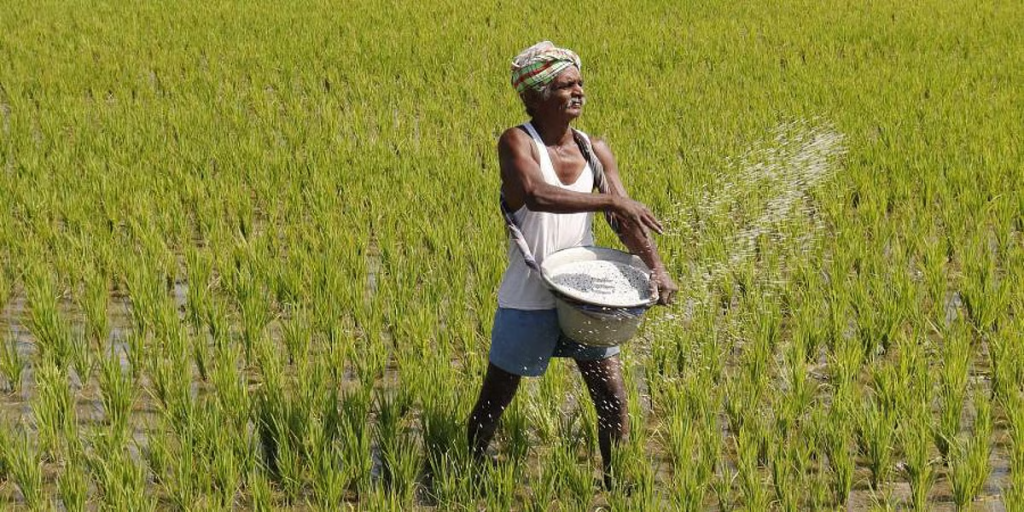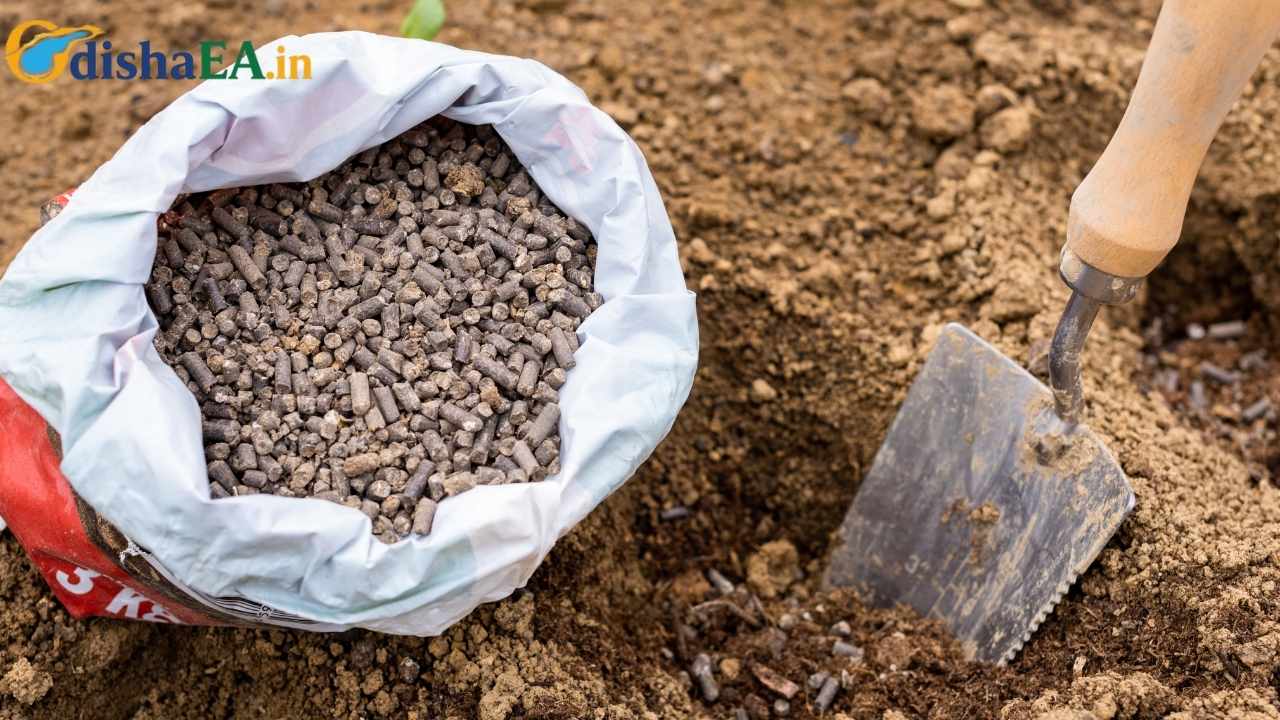Cuttack’s paddy farmers cry for help as fertiliser black market spirals out of control—and folks, this isn’t just another rural story tucked away in the back pages. This is real-life drama with hardworking farmers at the center, trying to put food on our plates while battling shortages, black-market crooks, and a ticking clock. Think of it like running a marathon barefoot while someone keeps moving the finish line further away.

Now, before you scroll past thinking, “This is just an India thing,” hold up. Fertiliser shortages, black markets, and food security crises are issues that ripple across the globe. From the corn belt in the USA to rice paddies in Odisha, India, when fertiliser gets scarce—or crazy expensive—farmers everywhere feel the burn. And trust me, that burn trickles down to your grocery store receipt.
Fertiliser Black Market Spirals Out of Control
| Topic | Details |
|---|---|
| Fertiliser Supply in Cuttack | Only 2,338.98 tonnes supplied against a need of 21,300 tonnes for kharif paddy (≈11%). |
| Black Market Rates | Urea (₹266.50 MRP) sold at ₹500+; Potash (₹1,550 MRP) at ₹1,800+; DAP (₹1,350 MRP) at ₹1,500+. |
| Affected Farmers | Over 124,000 hectares of farmland impacted, leaving thousands of families vulnerable. |
| Government Action | Enforcement squads, license cancellations, district-level monitoring. |
| Wider Context | Similar shortages in Ganjam, Koraput, and Kendrapada; Odisha agriculture department suspends 6 shop licenses. |
| Official Reference | Odisha Agriculture Department |
The crisis of Cuttack’s paddy farmers and the fertiliser black market isn’t just a local hiccup—it’s a reflection of how fragile global food systems can be when inputs get disrupted. Farmers are doing their best to stay afloat, but without swift government action and community support, the risk of crop failure and higher food prices looms large.
As Americans say—“no farmer, no food.” Whether you’re in India or Indiana, the struggles of small farmers matter to all of us.
What’s Going Down in Cuttack?
Let’s paint the picture. Cuttack district in Odisha, India, needed about 21,300 tonnes of fertiliser this kharif season (that’s the rainy-season crop cycle). But guess how much was delivered? Barely 2,338.98 tonnes—a measly 11% of the requirement. It’s like needing a full tank of gas for a road trip, but the pump only gives you a gallon.

Now, because the supply chain is shot, black marketers are swooping in like buzzards at a tailgate party. Fertilisers that should be sold at government-regulated prices are being marked up like sneakers on release day. Farmers are paying ₹500 for urea, which should be ₹266.50. Potash that should cost ₹1,550? It’s up past ₹1,800. And DAP? Sold above ₹1,500, despite the MRP being ₹1,350. (New Indian Express)
This isn’t pocket change. For small and marginal farmers who already juggle debts, droughts, and rising fuel costs, this is brutal.
Why This Matters Globally
Here’s the deal: food security is like a domino line. Knock one piece down, and it doesn’t take long before others start tumbling. When farmers can’t afford fertiliser, crop yields drop. When yields drop, food prices climb. And when food prices climb, families—whether in Cuttack, New York, or Kansas—feel it in their wallets.
We saw this in the U.S. too. Remember the fertiliser price spikes in 2022 after the Russia-Ukraine war? American corn and soybean farmers were scrambling. Same storyline, different backdrop. Global fertiliser shortages hit everyone.
Breaking It Down: Why Cuttack’s Farmers Are Hurting
1. Shortage of Supply
- Needed: 21,300 tonnes.
- Supplied: 2,338.98 tonnes.
- Gap: Nearly 19,000 tonnes.
Think of it like an NFL team showing up with only two players instead of the full roster. The math just doesn’t work.
2. Hoarding & Black Market Greed
Traders hoard the limited stock, release small amounts, and sell the rest at jacked-up prices. Classic supply-and-demand manipulation.
3. Weak Enforcement
Authorities are trying, but black-market players are always two steps ahead. Even with squads and license cancellations, the problem keeps slipping through the cracks.
4. Timing Is Critical
August–September is when farmers must apply fertilisers to paddy. Miss the window, and yields tank. It’s not like you can apply fertiliser in December and still expect bumper crops.
What the Government Is Doing
- Suspending Licenses: The Odisha Agriculture Department recently suspended six fertiliser shops for black marketing (Ommcom News).
- Enforcement Squads: Officials have been deployed to monitor, seize hoarded stocks, and control prices.
- Incoming Supplies: In Ganjam, 1,300 MT of urea is expected soon to ease shortages (Times of India).
But here’s the catch: by the time these measures kick in, the crop cycle might already be compromised.
Practical Advice for Farmers (and Policy-Makers Too)
Alright, let’s get down to the “so what can be done?” part.
For Farmers:
- Use Fertiliser Efficiently
- Apply in split doses instead of one-time dumping. That stretches limited supply.
- Pair with organic options like compost or cow dung to maintain soil fertility.
- Team Up Through Cooperatives
- Farmers’ groups can buy in bulk, reducing per-head cost.
- Cooperatives can negotiate better deals and ensure fair distribution.
- Go Digital
- Use government apps or helplines to check official fertiliser supply schedules.
- File complaints about black-market rates to district officials.
For Policy-Makers:
- Crack Down on Hoarding with real-time tracking of fertiliser distribution.
- Release Buffer Stock Early to districts with high demand.
- Boost Awareness so farmers know the official MRP (many are unaware they’re being ripped off).
- Promote Alternatives like nano-urea and bio-fertilisers to reduce dependency. (FAO guide)
How Farmers Can Protect Themselves
Step 1: Know Your Rights
Check the official MRP list from the government. Don’t let anyone overcharge you.
Step 2: Report Black-Marketing
Most districts have helplines. Farmers can—and should—report illegal sales.
Step 3: Use Smart Practices
Crop rotation, organic inputs, and split application aren’t just eco-friendly—they save cash when fertiliser is scarce.
Step 4: Join Farmer Producer Organizations (FPOs)
These groups give farmers bargaining power, access to cheaper inputs, and sometimes even credit support.
CM KISAN Scheme Delivers Big in Sambalpur: 90,900 Farmers Receive Critical Support
Over 51 Lakh Farmers Rejoice as CM Majhi Releases 3rd Installment—Here’s What It Means for You
Odisha CM Majhi’s ₹1,041 Crore Initiative: A Boost for Farmers on Nuakhai
FAQs
Q1: Why is fertiliser so important for paddy farming?
A: Paddy (rice) is a nutrient-hungry crop. Without fertiliser, yields drop by up to 40–50%.
Q2: What’s the official price of urea in India?
A: ₹266.50 per 45kg bag. Anything higher is black-market.
Q3: Is this happening only in Odisha?
A: No. Similar shortages are reported in states like Chhattisgarh, Bihar, and across South Asia. Globally, countries like Kenya and Brazil also face fertiliser price shocks.
Q4: Can organic farming solve the problem?
A: Organic inputs help, but transitioning fully takes years. For now, a hybrid model (organic + chemical) works best.
Q5: Where can farmers get help?
A: Through Krishi Vigyan Kendras (KVKs), district agriculture offices, and official apps like mKisan Portal.





